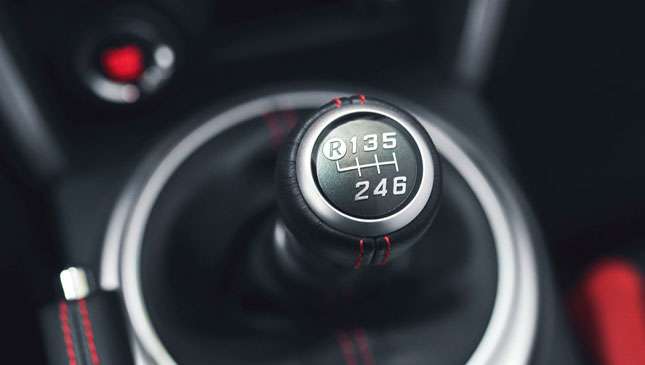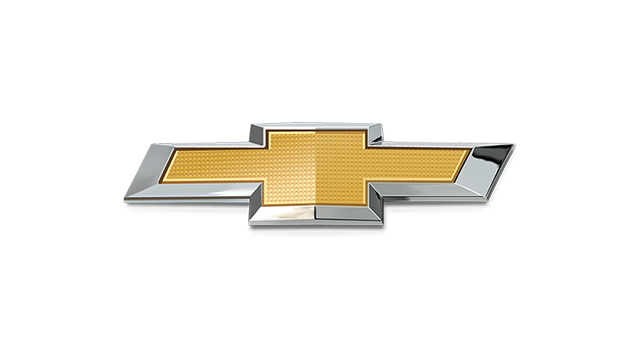
I am a purist in the sense that I believe the only way to truly drive a car is with a stick, as my late father taught me in a Volkswagen Sakbayan some 25 years ago. Part of his tutelage was learning how to jump-start it (the kadyot method). Though the manual tranny is a dying breed, I believe it’s still essential for the new generation of drivers to appreciate and learn the tricks of the stick.
Allow me to demonstrate this technique in the simplest manner, with safety always being a top consideration:
1) Move to a safe position. So your car just randomly died, will no longer start, and you’re stuck along a highway somewhere. If your vehicle is in the way of moving traffic, make sure to get out of harm’s way first.
2) Pop the hood. The next step is check if everything is in order, such as your battery connections being secure. In addition, check your gauges and warning indicators for anything abnormal.
3) Find an accomplice. Provided you’ve done these checks, it is now time to safely apply the kadyot method. Of course, this method is best done with a friend or someone you could find to assist you. If you’re hot like Kim Domingo, finding a random volunteer or two to push your car should be fairly easy.
4) Make kadyot. With your assistant ready to push your car from behind, make sure to hold your steering wheel as you step on the clutch and brake pedal, shift the stick into second gear, and release the handbrake as you cue your pusher to propel the car forward. The ignition should be in the 'on' position. The reason why you’re in second gear is to prevent damage to your transmission as jump-starting involves getting the car to start while in motion at a speed that’s in tune with that gear. It is imperative to make sure nothing’s in the way of your car and you have ample runway ahead (around 50m at least).
5) Execution is the tricky part. Keeping your left foot down on the clutch, release your right foot from the brake pedal and move it over to the accelerator pedal. As you gain momentum (anywhere between 10-15kph), release the clutch, engage the accelerator, and twist the ignition. Twisting the ignition will help start the engine, especially if you have limited forward space. Otherwise, releasing the clutch is fine. Again, ample space is a must. The faster you go, you up the odds for a successful jumpstart. Oftentimes, this takes some practice and fine-tuning, aside from the human power your volunteers provide, but eventually you’ll feel proficient enough to get it on the first go.
6) Master your terrain. Part of pulling this off depends on the road you’re on. If it’s downhill, great! If you’re pointed uphill, I suggest you turn the car around safely and use gravity to your advantage. If you’re on an unpaved road, get more pushers.
Once started, allow enough time for the battery to charge by keeping the engine running (15-20 minutes). A discharged battery is a common cause for a vehicle to not start.
Disclaimer: We're not responsible for anyone getting hurt, or damage to your vehicle/s and property for attempting this method. Safety first, please.











